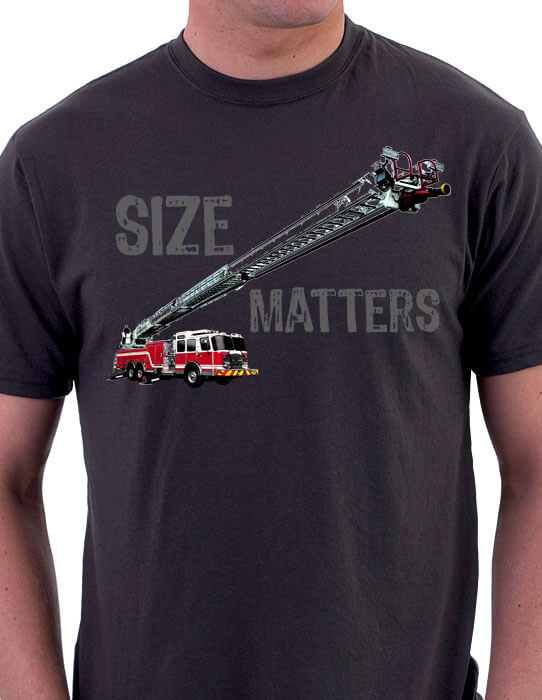Firefighting Equipment and Essential Gear. In the face of devastating fires, firefighters play a vital role in protecting lives and property. They bravely face the dangers, equipped with a range of firefighting equipment designed to mitigate the destructive force of flames. Among these essential tools, bunkers stand as a crucial defense mechanism. In this blog, we will explore the significance of firefighting bunkers and shed light on the importance of other equipment in the arsenal of these modern-day heroes.
- Bunkers: The Last Line of Defense: Firefighting bunkers, also known as fire shelters, are specially designed structures that provide a safe haven for firefighters when they are surrounded by flames or caught in a dangerous situation. These portable shelters are constructed from fire-resistant materials, such as aluminum foil laminates and fiberglass, which can withstand extreme heat and protect the occupants within.

Bunkers are meticulously engineered to resist high temperatures, prevent the ingress of radiant heat, and offer a breathable atmosphere. When deployed correctly, they serve as a last resort for firefighters, giving them precious minutes to survive until the immediate danger passes or rescue arrives. The availability and proper use of bunkers can mean the difference between life and death for these courageous individuals.
- Personal Protective Equipment (PPE): Firefighters are equipped with an array of personal protective equipment to ensure their safety while battling fires. These include:
a) Fire-Resistant Clothing: Made from materials like Nomex and Kevlar, firefighting suits provide a protective barrier against intense heat, sparks, and radiant energy. They are designed to minimize burns and injuries and often include additional features like reflective trim for visibility and moisture-wicking properties to aid comfort.
b) Helmets: Fire helmets are crafted to shield the head from falling debris and provide thermal insulation. They also incorporate face shields or goggles to safeguard the eyes and face from heat, smoke, and flying embers.
c) Gloves: Heat-resistant gloves enable firefighters to handle hot objects, move debris, and perform tasks without risking burns. These gloves are typically reinforced with durable materials like leather and have an insulating lining to prevent heat transfer.
d) Boots: Firefighting boots are specially designed to withstand high temperatures, provide ankle support, and offer good traction on slippery surfaces. They often have reinforced toe caps and soles to protect against falling objects and sharp debris.
- Breathing Apparatus: To navigate through smoke-filled environments and maintain a constant supply of clean air, firefighters rely on breathing apparatus. These devices typically include:
a) Self-Contained Breathing Apparatus (SCBA): SCBA units consist of a mask, a compressed air cylinder, and a regulator. Firefighters wear them on their backs, allowing them to breathe clean air while working in smoke-filled areas. SCBAs play a critical role in preventing smoke inhalation and enabling firefighters to perform their duties effectively.
b) Airline Respirators: In situations where a continuous supply of air is available, airline respirators provide firefighters with breathable air through a hose connected to a clean air source. This equipment is commonly used in confined spaces or during extended operations.
- Fire Extinguishers and Hoses: Firefighters employ a variety of tools to extinguish fires and control their spread. These include:
a) Fire Extinguishers: Portable fire extinguishers are essential tools that allow firefighters to combat small fires swiftly. They are classified based on the type of fire they are designed to extinguish, such as Class A (ordinary combustibles), Class B (flammable liquids), and Class C (electrical fires).
b) Fire Hoses: Fire hoses are the primary means of delivering large volumes of water or fire suppressant agents to extinguish flames. These hoses are typically durable, heat-resistant, and designed to withstand the high pressure required for firefighting operations.

Conclusion: Firefighting equipment and firefighting apparel, including bunkers and other essential gear, serves as the lifeline for firefighters battling against the destructive force of fires. Bunkers provide a last line of defense, offering protection when firefighters find themselves in life-threatening situations. Personal protective equipment, breathing apparatus, fire extinguishers, and hoses collectively enable firefighters to combat fires and safeguard lives.
The continuous advancement of technology and ongoing research in firefighting equipment ensure that firefighters have the best tools at their disposal. With proper training and access to state-of-the-art gear, firefighters can face the most challenging situations with increased confidence and a higher likelihood of success. It is through their courage and the support of these critical tools that they can bravely protect communities and mitigate the devastating impact of fires.

